If you have ever gone for a hike through the woods in New Hampshire, chances are you’ve come across a wide variety of mushrooms on the forest floor. Although I am not a mushroom expert, I decided to go out and search a few different areas throughout the state to find as many different kinds of mushrooms as possible.
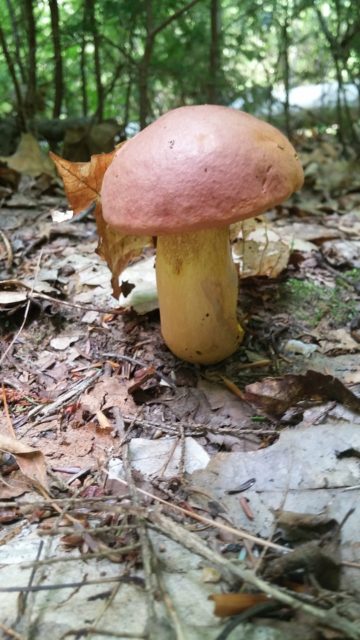
One of the first lessons that I learned on my search was that mushrooms come in many different shapes, sizes, and colors, some of which are edible and delicious while others are highly toxic and deadly.
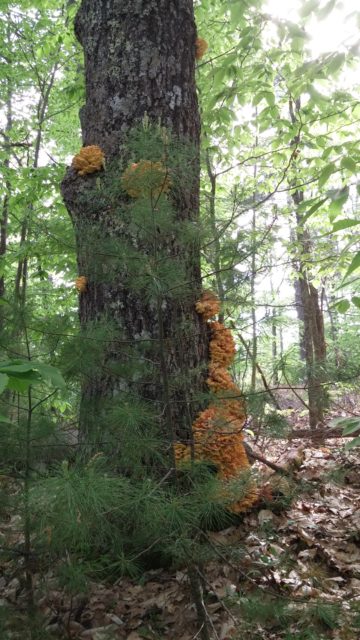
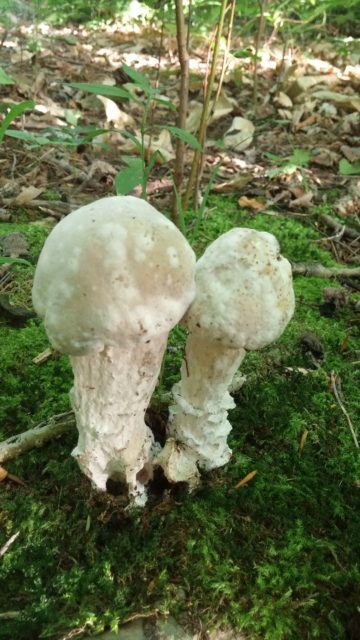
Some ways to identify mushrooms include looking at the stem (its shape, presence of a ring, etc.), the cap (its shape, presence of a universal veil, etc.), the gills (or lack there of), and the habitat (deciduous forest, mixed forest, etc.).
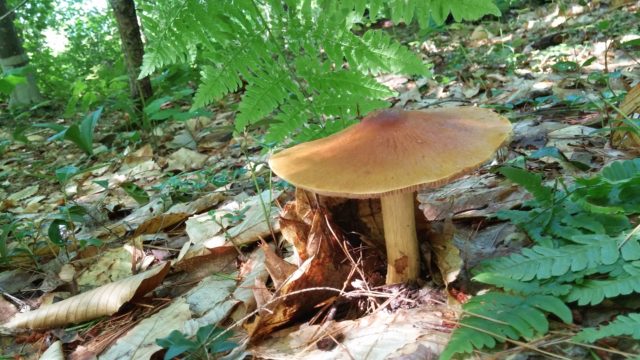
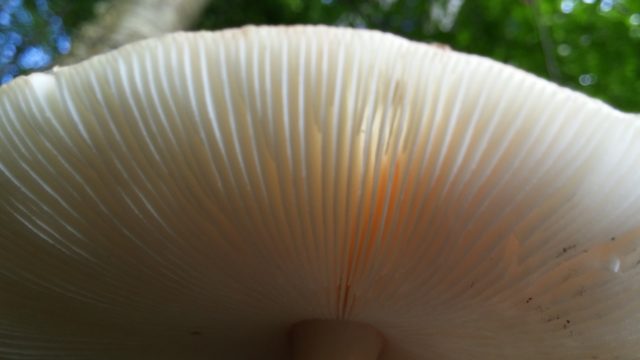
Some mushrooms are almost impossible to tell apart, while other types of mushrooms can vary so greatly from one to another that they look like a completely different species. For example, some types of mushrooms have the ability to “open” and “close” their caps, giving them distinctively different looks.
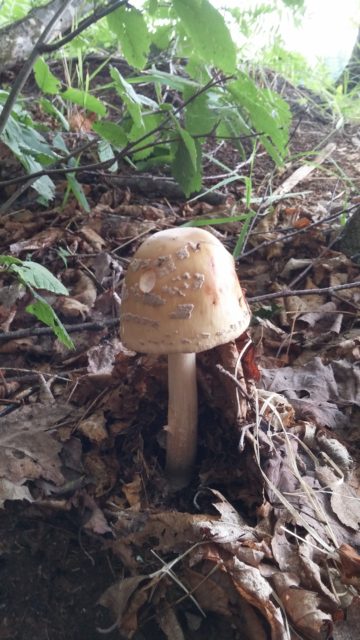
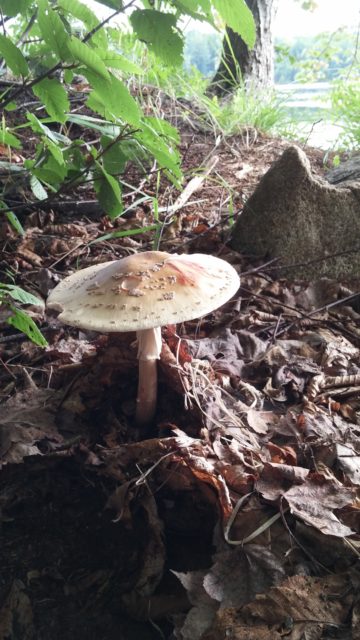
A young mushroom, known as a pinhead, can be as small as 1cm tall while a fully grown mushroom can be over 15cm tall. Mushrooms can have the same variety in the size of their cap as well.

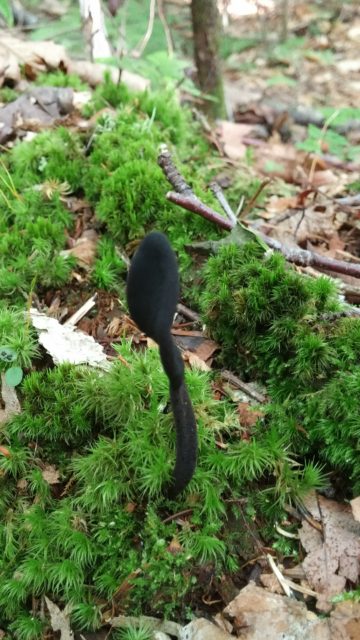
The large variety makes identifying some mushrooms very difficult, even for some mycologists who study mushrooms. This is why it is strongly suggested that people do not collect and eat wild mushrooms without having an expert with them or being 100% confident in the identification of the fungus.
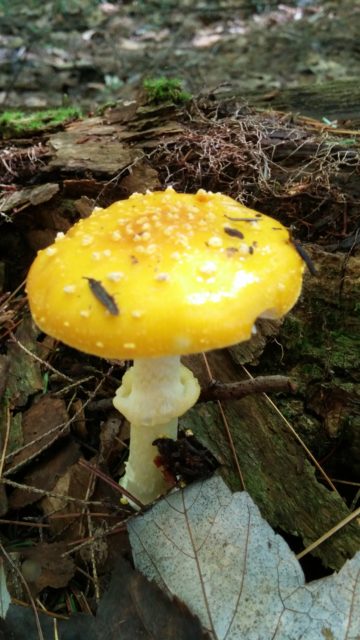
While they may look like a type of plant, mushrooms are actually a type of fungal growth, like mildew or mold. Mushrooms are, however, more closely related to animals than plants. In actuality, however, fungi themselves make up one of the five major kingdoms.
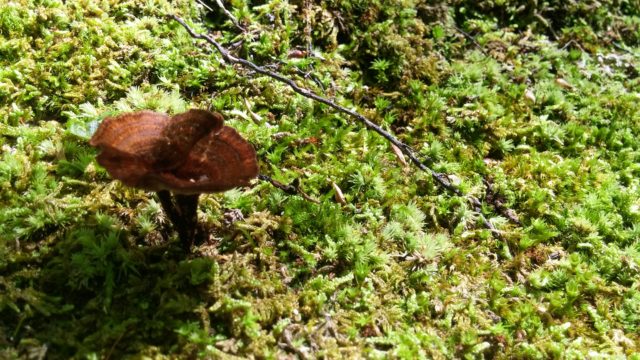
Mushrooms are considered a type of fungus because they do not contain any chlorophyll, which is needed for photosynthesis. Instead of gaining energy from the sun, mushrooms receive their nutrients by decomposing dead plants and animals on the forest floor. Decomposition is the process of rotting or decaying organic materials.

Although the words “fungus” and “decomposition” are not always considered good, the role that mushrooms play in the ecosystem are extremely important. If not for the decomposition caused by mushrooms, nitrogen would not find its way back into the soil leading to decreased plant growth.
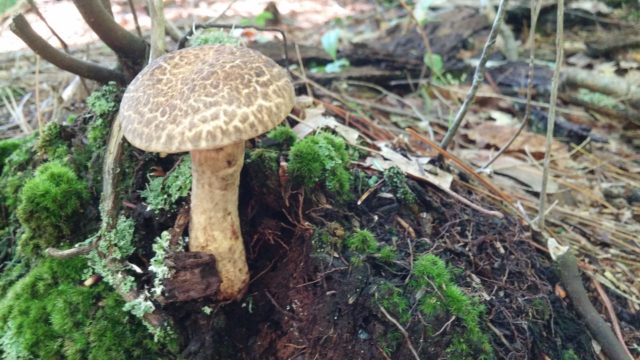
Next time you go out for a jaunt in the woods, keep an eye out for one of these fun little guys! (Pun Intended)

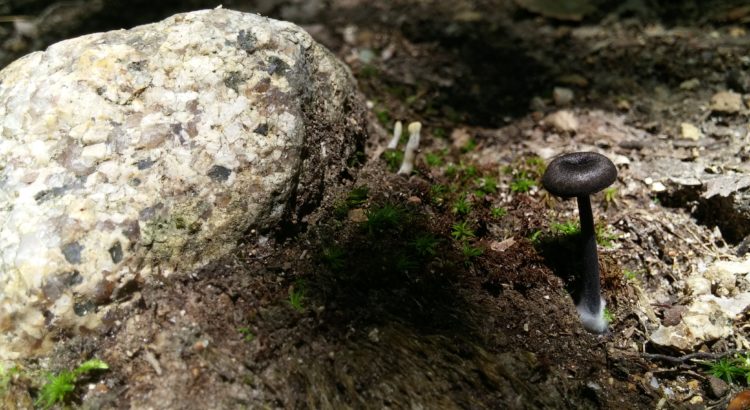
Please I would like to find some nice mushrooms to eat can you have someone show me where I can find them please thank you so much I used to go with my uncles but that past away I have no one to go with and I want to keep the tradition thank you so much my name is johnpauldicicco@yahoo.com my cell is 627-301-7942 this will mean a lot to me thank you from my heart
My cell is 617-201-7942 the the other one is wrong sorry about that
Prescott Farm Education Center in Laconia has Mushroom Walks in August, Sept. and Oct. to identify mushrooms.
I found all kinds, purple Cort etc at the Manchester water works in Auburn NH
Looking at the third mushroom down and can’t identify . The one that “doesn’t look appetizing “ I hope to find out what it is my field is filled with them would love for a text from someone 6035205250
Counting the pictures above – from the top down, can you tell me what kind of mushroom is in picture 6?
Thank you for posting a well informed site.
I recently moved to NH and my land is a mix of oak, black birch and various pine trees.
I’ve seen a variety of mushrooms cropping up all over the property and want to identify them. My family has a long tradition of picking/ enjoying hen of the woods mushrooms every year. Unfortunately I have several types of ground mushrooms popping up and not Hen of the Woods. One site I searched talked about Matsutake pine mushrooms. I’m hoping that is what I have and need to positively identify as further study said there was a poisonous look a like to that species.
I’m hoping to connect with an experienced person/mentor in my area of Keene NH. Hoping you can help.
Is there a center where I can bring the mushrooms I picked for identification by some expert? Thanks!